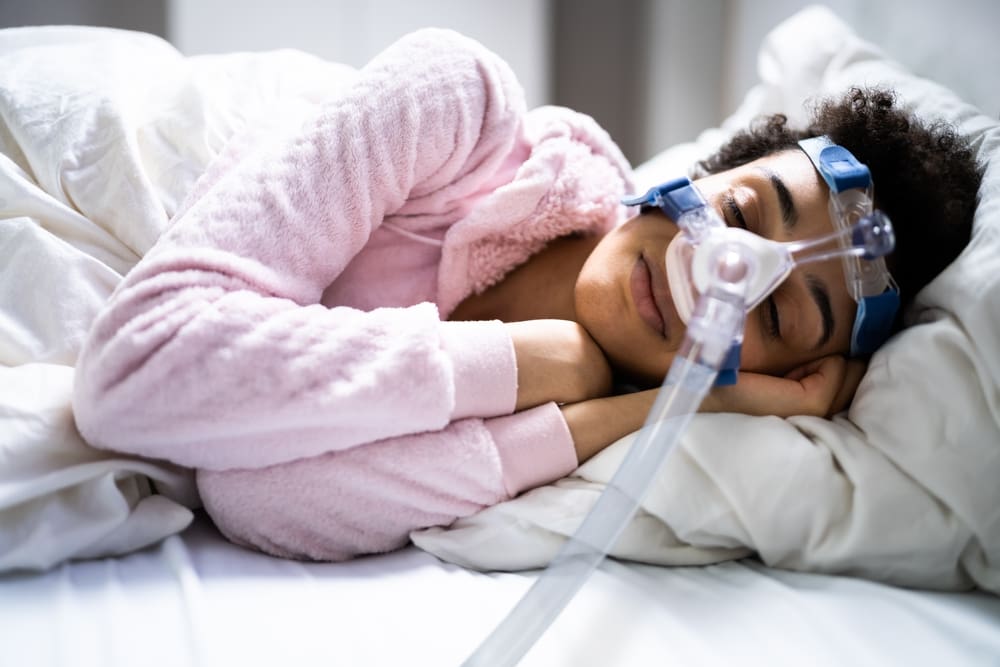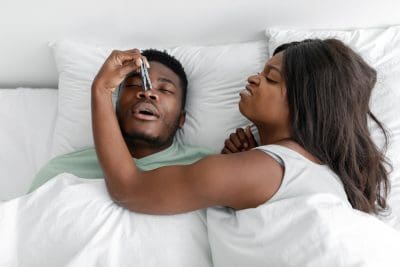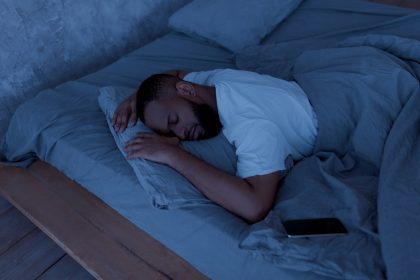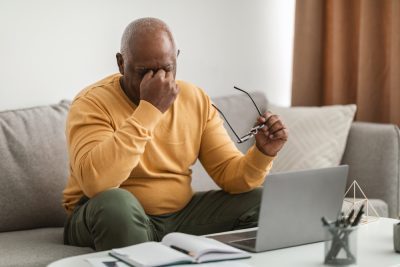Sleep apnea affects more than 30 million Americans, making it one of the most prevalent sleep disorders in the United States. Continuous Positive Airway Pressure (CPAP) therapy has emerged as the leading treatment for this condition, providing relief through specialized medical devices that ensure uninterrupted breathing during sleep.
Recent medical data indicates that untreated sleep apnea can increase the risk of various health complications, including heart disease, stroke, and cognitive decline. Understanding the process of obtaining a CPAP machine has become crucial for those seeking effective treatment.
What makes CPAP machines effective
CPAP machines function through a sophisticated system of components working together to maintain open airways during sleep. The device delivers pressurized air through a specialized mask, preventing the collapse of throat tissues that characterizes sleep apnea.
Modern CPAP systems incorporate three essential components: a precisely fitted mask, a powerful yet quiet motor, and a connecting tube. Advanced models often include additional features such as humidity control and pressure adjustment capabilities, enhancing user comfort and treatment effectiveness.
The path to obtaining a prescription
Medical guidelines require a prescription for CPAP machines, reflecting their status as regulated medical devices. The journey begins with a consultation with a healthcare provider, who evaluates symptoms such as persistent snoring, breathing interruptions during sleep, and daytime fatigue.
Healthcare providers typically recommend a sleep study to confirm the diagnosis and determine the severity of sleep apnea. These studies measure various parameters, including the frequency of breathing interruptions, blood oxygen levels, and sleep patterns.
Understanding sleep study options
Sleep studies can be conducted in two primary settings: specialized sleep laboratories or the comfort of home. Laboratory studies provide comprehensive monitoring under professional supervision, while home studies offer convenience and natural sleep environments.
The apnea-hypopnea index obtained during these studies helps healthcare providers determine the appropriate pressure settings for CPAP therapy. This personalization ensures optimal treatment effectiveness for each individual’s specific condition.
Navigating CPAP purchase options
The market offers various channels for purchasing CPAP machines, each with distinct advantages. Medical supply stores provide opportunities for in-person consultation and mask fitting, while online retailers often offer competitive pricing and convenient delivery options.
Insurance coverage significantly influences purchasing decisions, with many providers offering substantial coverage for CPAP devices. Recent insurance data shows that proper documentation and prescription information can reduce out-of-pocket expenses by 50-80%.
Breaking down CPAP costs
The financial investment in CPAP therapy varies based on several factors. Basic models typically start around $650, while advanced units with additional features can approach $1,000. These costs often include essential accessories and initial setup support.
Insurance coverage can substantially reduce these expenses. Medicare and most private insurance plans provide coverage for CPAP devices when prescribed by healthcare providers, though coverage levels vary by plan and provider.
Maximizing insurance benefits
Understanding insurance requirements helps optimize coverage benefits. Most insurance providers require documentation of medical necessity, including sleep study results and prescription details. Regular compliance monitoring may also be necessary to maintain coverage.
Health Savings Accounts and Flexible Spending Accounts provide additional options for managing CPAP-related expenses. These tax-advantaged accounts can cover both equipment costs and necessary supplies.
Alternative treatment approaches
While CPAP therapy represents the primary treatment for sleep apnea, alternative options exist for those unable to adapt to CPAP use. Oral appliances, designed by dental professionals, can effectively treat mild to moderate cases by maintaining open airways through jaw positioning.
Recent clinical studies have demonstrated that lifestyle modifications can significantly impact sleep apnea severity. Weight management programs have shown up to 30% improvement in symptoms for some patients.
Emerging treatment options
Medical research continues to advance sleep apnea treatment options. The recent FDA approval of tirzepatide for treating sleep apnea in adults with obesity represents a significant development in pharmaceutical interventions.
Positional therapy, involving sleeping position modification, has shown promising results in recent studies. This approach particularly benefits individuals whose symptoms worsen in specific sleep positions.
Maintaining CPAP effectiveness
Regular maintenance ensures optimal CPAP performance and hygiene. Daily cleaning of masks and weekly maintenance of filters and tubing extends equipment life and maintains treatment effectiveness.
Professional assessment of equipment function and fit should occur annually or when treatment effectiveness changes. Regular monitoring helps identify necessary adjustments to pressure settings or equipment updates.
Future developments in sleep apnea treatment
Ongoing research in sleep medicine continues to advance treatment options. New technologies focus on improving comfort, reducing noise levels, and enhancing treatment monitoring capabilities through smart device integration.
Recent developments in artificial intelligence applications show promise in optimizing pressure settings and predicting treatment response, potentially leading to more personalized and effective therapy approaches.














